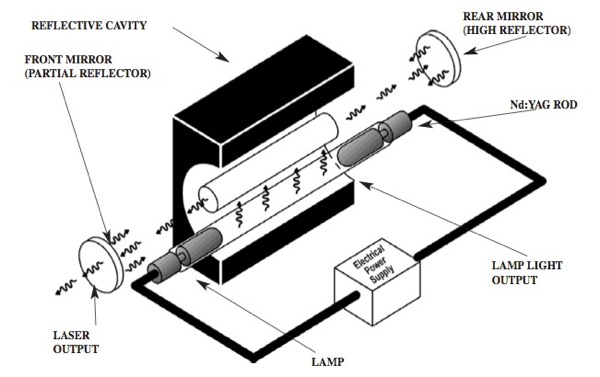Alaskan
0
- Joined
- Jan 29, 2014
- Messages
- 12,025
- Points
- 113
Does anyone here know if it is OK to turn a 100 ms pulsed ND:YAG into a 10 ns pulsed YAG by adding a Q-Switch, or would that likely cause the rod to have problems when the laser was designed for long pulse without a Q-Switch?
Edit: Adding this


Edit: Adding this


Last edited:







